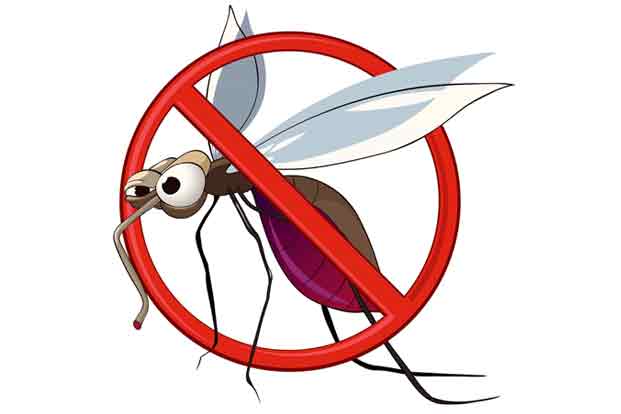Can Malaria Cause Joint Pain?
Apr 19, 2022
Malaria is a protozoan disease caused by Plasmodium vivax, P. falciparum and P. ovale in India. The disease is transmitted by the bite of infected Anopheles mosquitoes.

Malaria presents with flu like symptoms , such as, Headache, fatigue, lack of a sense of well being, abdominal discomfort, myalgia, arthralgia and fever. Malaria fever does not cause joint pain and myalgia as severe as in dengue fever and muscles are not as tender as in leptospirosis or Typhus fever.
Life Threatening Complications of Malaria
Malaria fever when treated promptly and completely, it remains uncomplicatedbut once vital organ dysfunction occurs particularly in P. falciparum malaria and the total proportion of erythrocytes infected increases to over 2% (a level corresponding to more than 1012 parasites in an adult),mortality risk rises.
Signs and Manifestations of Malaria:
- Unstable Coma/ Cerebral Malaria: Failure to localize or respond appropriately to noxiousstimuli, coma persisting for more than 30 minutes after generalized convulsion.
- Acidemia / Acidosis: Arterial PH of less than 7.25 or Plasmabicarbonate level less than 15 mmol/L labored deep breathing termed respiratory acidosis.
- Pulmonary Oedema / Adult Respiratory Distress Syndrome: Patient develops non cardiogenic pulmonary oedema even after several days of antimalarial treatment.
- Renal Failure: Acute kidney injury is common. Serum creatinine level more than 3mg/dL, urine output less than 400 ml in adult. No improvement with rehydration. Early dialysis or haemofiltration may be required.
- Hypoglycemia: Important common complication of severe malaria associated with poor prognosis. Plasma glucose level less than 40 mg / dL.
- Hypotension And Shock: Systoli Blood pressure less than 50 mm Hg in children and less than 80 mm Hg in adults.
- Severe Hormochromic , Normocytic Anemia: Haemotocrit of less than 15% or haemoglobin level of less than 5mg / dL
- Bleeding / Disseminated Intravascular Coagulation: Significant bleeding and hemorrhage from gums, nose, gastrointestinal tract and / or evidence of disseminated intravascular coagulation.
- Convulsion: More than two generalized seizures in 24 hours, signs of continued seizure activity, sometimes subtle tonic clonic eye movement without limb or face movement.
Other ominous signs and symptoms are :
- Haemoglobinuria
- Extreme weakness
- Hyperparasitemia
- Jaundice
Serum bilirubin level of more than 3 mg/dL if combined with parasite density of 100000 / micro L or other evidence of vital organ dysfunction.
If you or your loved one is suffering from any of the given signs and symptoms, it is recommended that you consult a physician at the earliest.
Save









